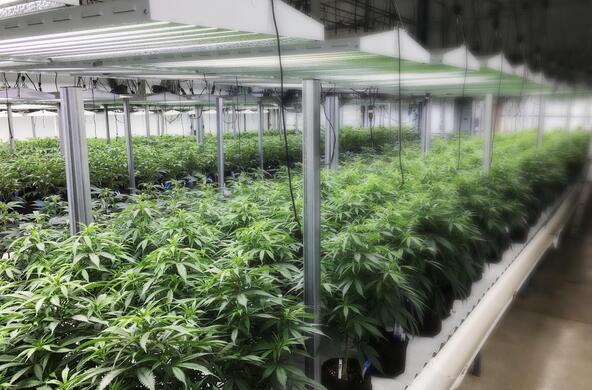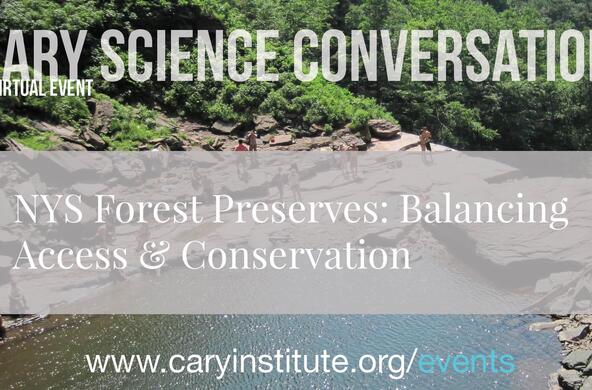Many folks feel good when they take waste materials to their local recycling center. What they may not realize is that what they deliver—paper, cardboard, glass, plastic bottles, and cans—are not materials that are in short supply. You will not save the world from running out of aluminum by recycling aluminum cans. What you do save is energy to refine the aluminum, and the energy savings mean that recycling contributes to mitigating ongoing climate change.
Glass is a prime example. The energy used to make the bottle is a huge portion of the total carbon dioxide emissions associated with your nightly cocktail. It takes only about 70% of the energy to make a bottle out of recycled glass, compared to virgin glass. Virgin class is made by heating limestone, sand, and soda ash to its melting point, emitting a lot of carbon dioxide, usually by burning natural gas. Recycling simply melts the existing glass and reforms it into new product. Despite the energy savings, it is surprising that there is such scant interest in recycling glass.
The energy cost to transport materials for recycling becomes a significant part of the equation. Resist the urge to drive to the recycling center if that is your only mission. You would need to deliver 63 aluminum cans for recycling to make up for a gallon of gas that you might use to drive there. It is always important to combine recycling with other errands to be run.
Those who enjoy curbside recycling can assume that the energy used in the collection trucks is less than the energy saved at the recycling plant and thus the value of the recycled materials. This accounts for interest in aluminum cans and cardboard, which are not heavy, compared to glass. An aluminum can that has been recycled is made with only 5% of the energy used to make a new can from raw ore.
With recycling you are doing your part to slow climate change, but make sure your trips to the recycling center are efficient—collect lots of stuff to deliver and combine the trip with other stops along the way.
References
U.S. Environmental Protection Agency. 2016. Documentation for Greenhouse Gas Emission and Energy Factors Used in the Waste Reduction Model (WARM) – Containers, Packaging, and Non-Durable Goods Materials Chapters (epa.gov)






